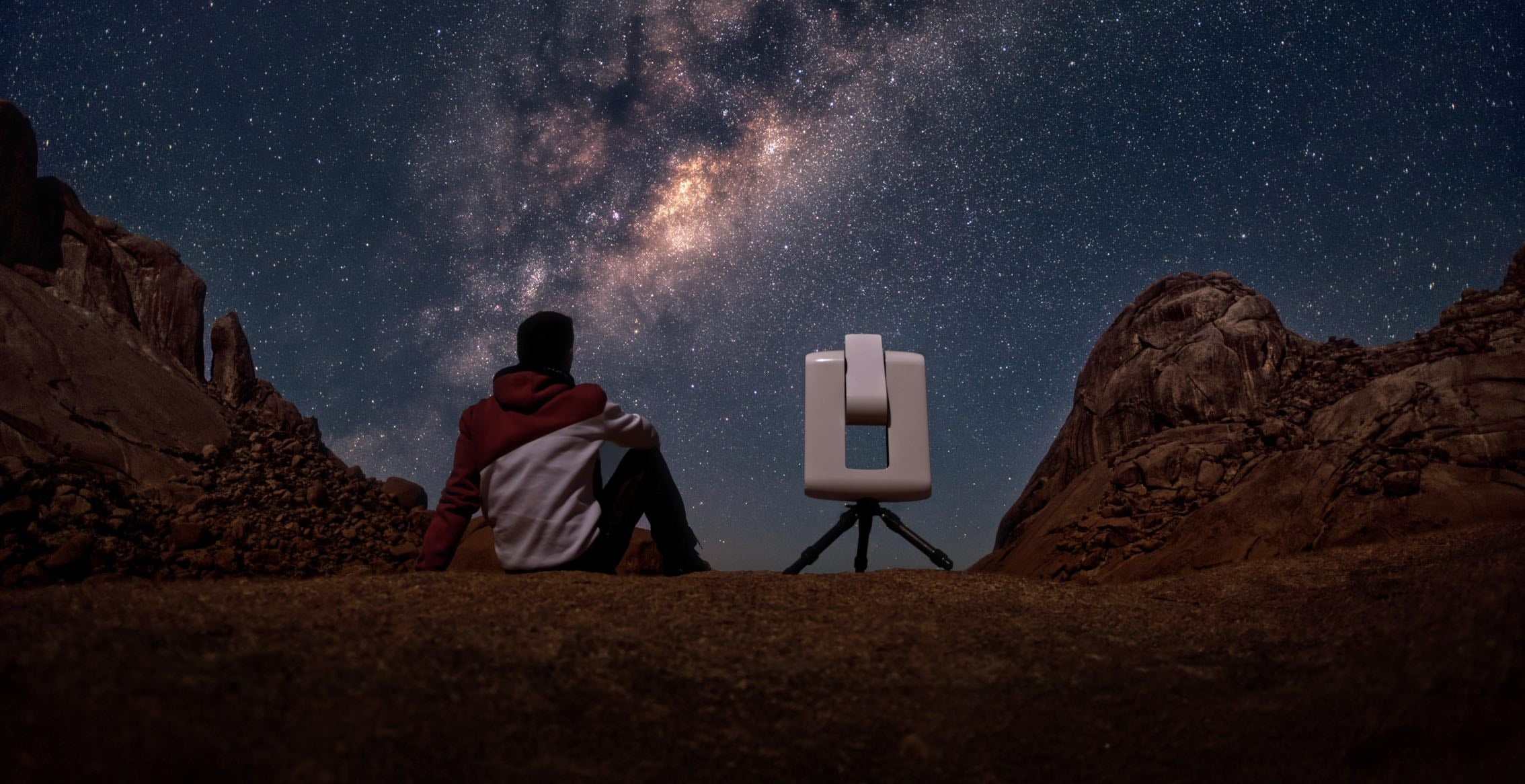
Blog.
Your ultimate guide to mastering astronomy. From expert tutorials to the latest astro news and product updates, get everything you need to elevate your stargazing adventures!

25 Jun. 2025
First Images from Vera C. Rubin Observatory: A New Era of Astronomy Begins

19 Feb. 2025
Inside Vespera : built for high quality imaging and enduring performance

05 Feb. 2025
Astrophotography with a Smart Telescope: Software & post-processing workflow

24 Jan. 2025
Elevate your telescope images with easy smartphone edits

20 Dec. 2024
How to process and enhance Moon and Sun images with Autostakkert and Affinity Photo.

04 Dec. 2024
Improve your astrophotography: mastering filters for nebulae


